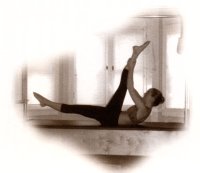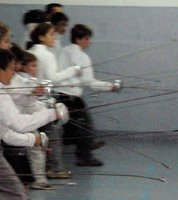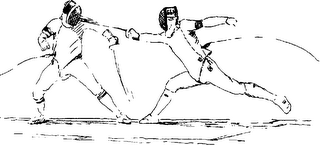 It is already a year ago when I last wrote about the Dordogne/Gironde Tidal Bore, or the Mascaret, as it is known, and now the season is b back when surfers come from all over the world to dare to surf the Mascaret on the Dordogne and Gironde Rivers.
It is already a year ago when I last wrote about the Dordogne/Gironde Tidal Bore, or the Mascaret, as it is known, and now the season is b back when surfers come from all over the world to dare to surf the Mascaret on the Dordogne and Gironde Rivers. What can be greater fun than surfing a wave on a river -- riding the wave -- sometimes for as long as 20 minutes? The wave may not be as high as Teahupoo or the Cortez Banks but nowhere in the ocean can you ride one wave for this long.
As this event has become so popular -- and as the surfers of the Mascaret would much prefer to have the wave all to themselves, rather than share it with thousands others - who may not be very good and simply clutter up the space, or who come with their wake boards or their kayaks or even their pesky jet skis, the cognoscenti now keep the best spots to catch the waves at their best a closely guarded secret. And who can blame them?

But -- if you want to come take on the challenge of joining the true lovers of the sport of chasing the tidal bores of the world, here is the time table for the rest of August -- the dates, coefficient of the waves to the tides (close to and over 100 is regarded as the most desirable to ride) and the time of day when the wave will be at its strongest. The spot is on one of the best areas of the Gironde, namely in front of St Pardon:
date -- coef at time --- at ST PARDON
Friday 1 -- 94 at 16h57
Saturday 2 -- 99 at 17h46
Sunday 3 -- 100 at 18h28
Monday 4 -- 95 at 19h06
Tuesday 5 -- 86 at 19h38
. . . . . . . . .
Saturday 16 -- 80 at 16h34
Sunday 17 -- 88 at 17h15
Monday 18 -- 92 at 17h54
Tuesday 19 -- 93 at 18h32
Wednesday 20 -- 90 at 19h08
Thursday 21 -- 84 at 19h42
. . . . . . . . .
Friday 29 -- 85 at 15h57
Saturday 30 -- 96 at 16h38
Sunday 31 -- 101 at 17h22
The mascaret is an exceptional phenomenon which occurs mainly in certain river estuaries during a time when there are spring tides. There are roughly 60 known such sites in the world where this happens. It is also known as a tidal bore. In France this only happens in the Aquitaine -- on the Dordogne, Garonne et Gironde Rivers -- probably, it is believed, because human intervention causing a change of flow of the rivers, for example on the Seine River, prevents mascarets from forming.
In perfect conditions ( a strong coefficient of tide, river flow and low water levels0, the rising tide against the contrary flow of the river causes the start of a series of small waves which can grow into waves of up to 3 metres under the best of conditions. This collection of waves -- about ten at a time, separated by about ten metres, travel at roughly 15 to 30 km per hour. They travel over a distance of more than 150km after which they start dissipating where the current and tides are at their weakest.
The Etymology of the word Mascaret: A Gascony word dating back to the 16th century, boeuf tacheté meaning 'a leaping or galloping cow'.
Other Bores can be found in Canada, China, South America -- the bore on the Amazon River is probably the most spectacular -- and of course, on the Severn in the United Kingdom.
Before the interference on the rivers by man, there were also mascarets on the Charente and the Seine -- where, it is said, the waves reached over 4 metres in height in the middle of the river and up to 7 metres on the river banks!, but today they have all disappeared and only remain on the Garonne, Dordogne and Gironde.

In the Aquitaine, the best sites for the Mascaret are:
- Gironde : behind the island of Margaux (50 cm),
- Garonne : behind the island of d'Arcins, rive right bank (80 cm); between Langoiran and Podensac (2.5 m),
- Dordogne :at Saint-Pardon (2.5 m) a few kilometres from Libourne.
Where best to see them?
**at Saint-Pardon : 45 min before low tide at Libourne.
**at Podensac : 2 hours after low tide at Bordeaux
**at the bridge of d'Arcins : 1 hour after low tide at Bordeaux.
Click on Link:
Chateau Lalinde : The perfect venue for your event











.jpg)































































